Scientific name Dendrocygninae Phylum Chordata | Tribe Dendrocygnini Rank Subfamily | |
 | ||
Genus DendrocygnaSwainson, 1837 Lower classifications Black‑bellied whistling duck, Fulvous whistling duck, White‑faced whistling duck, Lesser whistling duck, Wandering whistling duck | ||
Black bellied whistling ducks things you don t know
The whistling ducks or tree ducks are a subfamily, Dendrocygninae, of the duck, goose and swan family of birds, Anatidae. They are not true ducks. In other taxonomic schemes, they are either considered a separate family, Dendrocygnidae, or the tribe Dendrocygnini in the goose subfamily Anserinae. The subfamily has one genus, Dendrocygna, which contains eight living species, and one undescribed extinct species from Aitutaki of the Cook Islands.
Contents
- Black bellied whistling ducks things you don t know
- Black bellied whistling ducks
- Taxonomy and evolution
- Species
- Description
- References
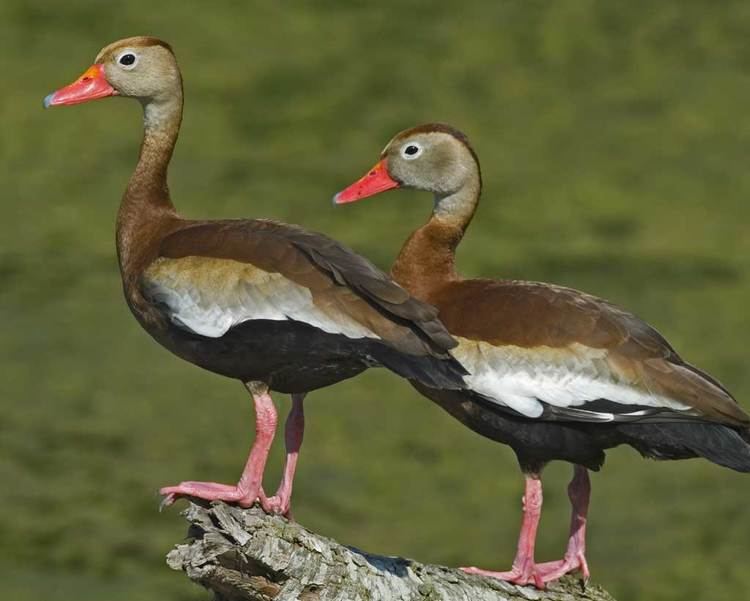
Black bellied whistling ducks
Taxonomy and evolution
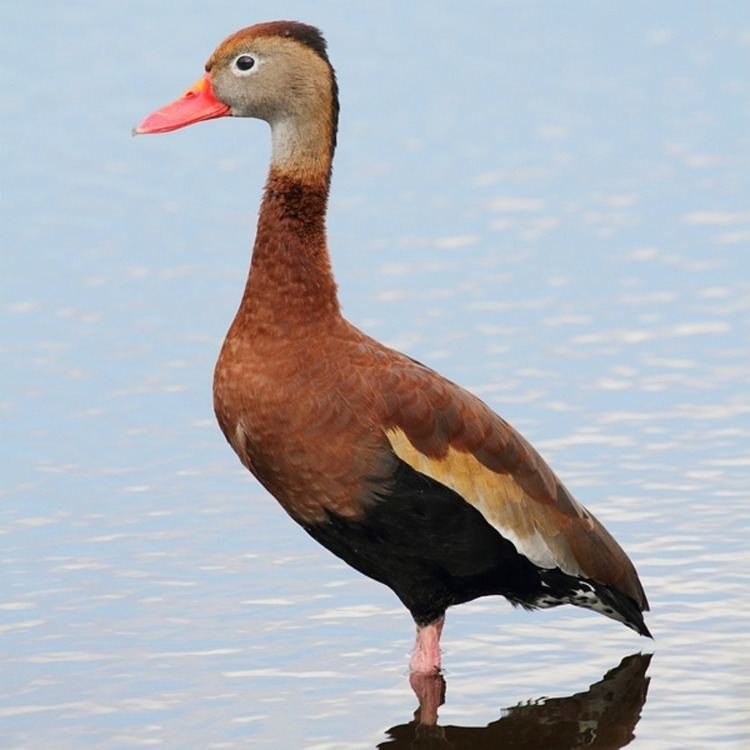
Whistling ducks were first described by Carl Linnaeus in the 10th edition of Systema Naturae in 1758: the black-bellied whistling duck (then Anas autumnalis) and the West Indian whistling duck (then Anas arborea). In 1837, William John Swainson named the genus Dendrocygna to distinguish whistling ducks from the other waterfowl. The type species was listed as the wandering whistling duck (D. arcuata), formerly named by Thomas Horsfield as Anas arcuata.
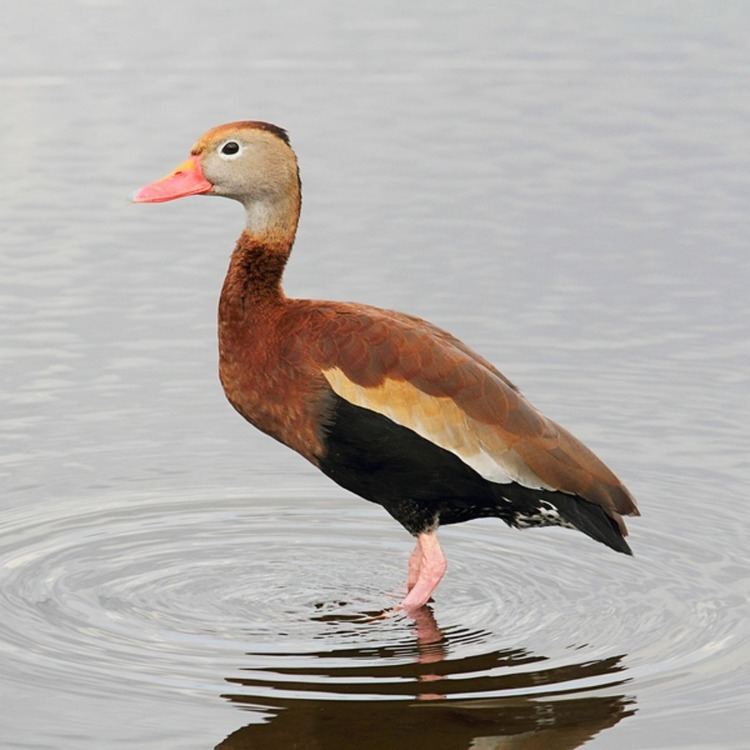
Whistling duck taxonomy, including that of the entire infraorder Anseriformes, is complicated and disputed. Under a traditional classification proposed by ornithologist Jean Théodore Delacour based on morphological and behavioral traits, whistling ducks belong to the tribe Dendrocygnini under the family Anatidae and subfamily Anserinae. Following the revisions by ornithologist Paul Johnsgard, Dendrocygnini includes the genus Thalassornis (the white-backed duck) under this system.
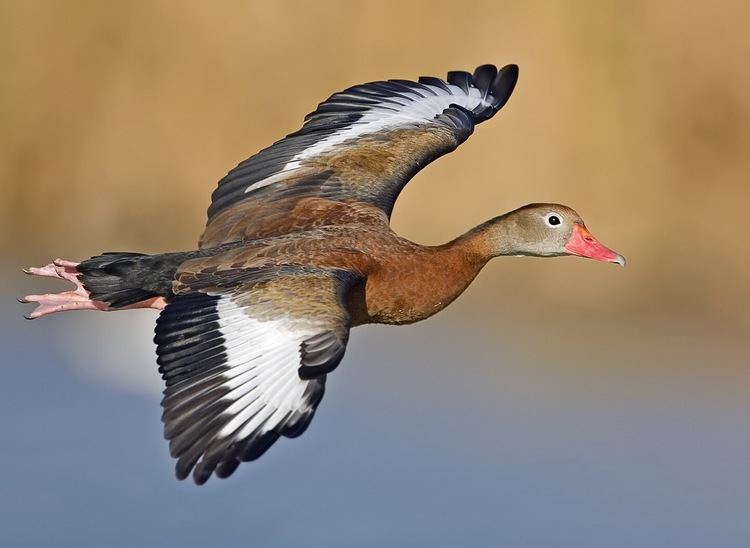
In 1997, Bradley C. Livezey proposed that Dendrocygna were a separate lineage from Anserinae, placing it and its tribe in its own subfamily, Dendrocygninae. Alternatively Charles Sibley and Jon Edward Ahlquist recommended placing Dendrocygna in its own family, Dendrocygnidae, which includes the genus Thalassornis.
Species
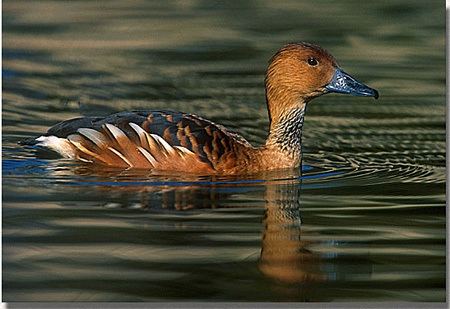
Eight species of whistling duck are currently recognized in the genus Dendrocygna. However, Johnsgard considers the white-backed duck (Thalassornis leuconotus) from Africa and Madagascar to be distinct ninth species, a view first proposed in 1960 and initially supported by behavioral similarities. Later, similarities in anatomy, duckling vocalizations, and feather proteins gave additional support. Molecular analysis in 2009 also suggested that the white-backed duck was nested within the whistling duck clade. In addition to the extant species, subfossil remains of an extinct, undescribed species have been found on Aitutaki of the Cook Islands.
Description
Whistling ducks are found in the tropics and subtropics. As their name implies, they have distinctive whistling calls.
The whistling ducks have long legs and necks, and are very gregarious, flying to and from night-time roosts in large flocks. Both sexes have the same plumage, and all have a hunched appearance and black underwings in flight.
